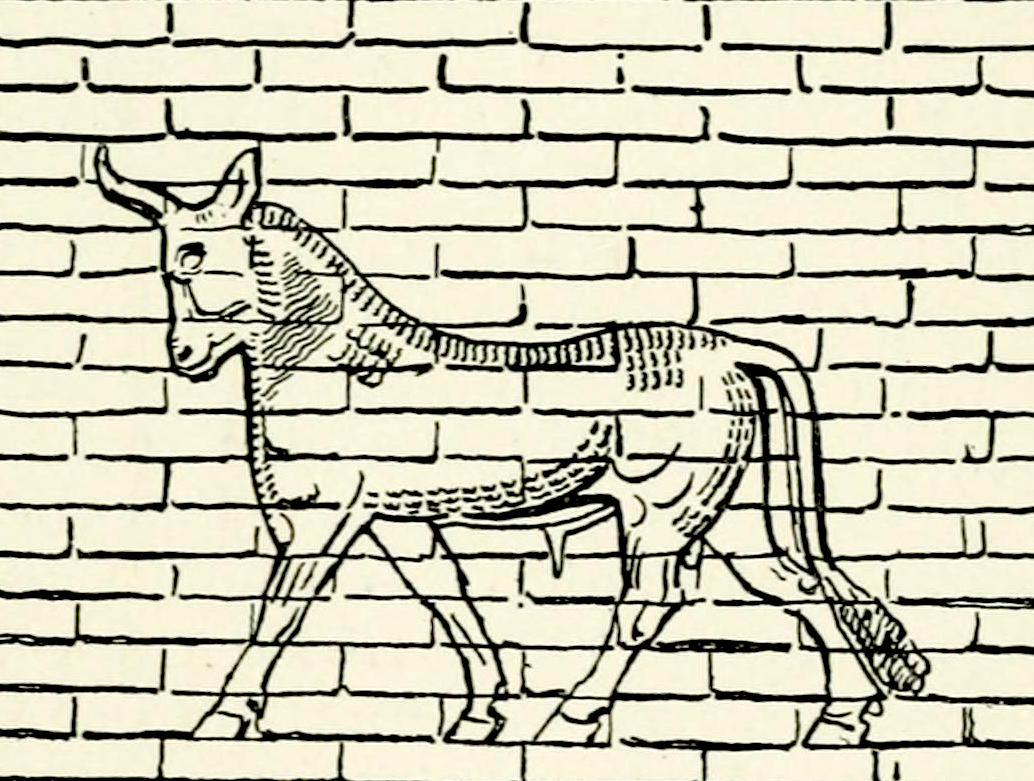On a large,prova sex video rocky world in a far-off solar system, a year goes by in just half a day.
Astronomers are continually finding unique planets in deep space, and a new survey just revealed 15 new planets, including a unique super-Earth. These are rocky worlds some 30 to 70 percent bigger than Earth, but not quite as massive as planets like Neptune. This latest super-Earth find, dubbed TOI-1798 c, is a rarity because it travels extremely close to its star — so close that an orbit takes about 12 hours. (That's a USP, or ultra-short period orbit.)
While some super-Earth's dwell in more temperate parts of their solar system, where liquid water could potentially exist, TOI-1798 c is scorching.
"TOI-1798 c orbits its star so quickly that one year on this planet lasts less than half a day on Earth," Ian Crossfield, an astronomer at the University of Kansas who coauthored the new research, said in a statement. "Because of their proximity to their host star, USPs are also ultra-hot — receiving more than 3,000 times the radiation that Earth receives from the sun. Existing in this extreme environment means that this planet has likely lost any atmosphere that it initially formed."
SEE ALSO: NASA scientist viewed first Voyager images. What he saw gave him chills.The new exoplanet (a planet beyond our solar system) discovery was recently published in The Astrophysical Journal.
While life likely doesn't inhabit such a ruthlessly hot, irradiated place, such planets add to the sum of knowledge about what types of rocky worlds are out there, and how other solar systems might differ from ours. For example, as far as scientists currently know, super-Earths are common in other solar systems — but we don't have one. Most solar systems have two, or more, stars. We have one.
"This suggests our solar system might be less typical than we assumed," Crossfield said.
 An artist's conception of two exoplanets orbiting the star TOI-1798. The super-Earth is the inner planet. Credit: W. M. Keck Observatory / Adam Makarenko
An artist's conception of two exoplanets orbiting the star TOI-1798. The super-Earth is the inner planet. Credit: W. M. Keck Observatory / Adam Makarenko To find the super-Earth TOI-1798 c, which is many light-years away, the researchers used two observatories. The NASA instrument TESS — short for Transiting Exoplanet Survey Satellite — has sensitive cameras that looks for dips in a star's light as a planet transits in front. This can provide proof of a planet's existence and details about its orbit.
But there's more. The exoplanet team also employed the Earth-based W.M. Keck Observatory atop Mauna Kea in Hawaii to find the planet's mass. They measured the star's ever-so-slight wobble as the planet orbited, ultimately allowing them to determine the super-Earth's mass. With this info, they could deduce its density, and other likely characteristics.
So far (as of May 24, 2024), astronomers have confirmed 5,632 planets in our Milky Way galaxy. Yet, our galactic home, with hundreds of billions of stars, may teem with trillionsof exoplanets.
(Editor: {typename type="name"/})
 NYT Connections hints and answers for February 5: Tips to solve 'Connections' #605.
NYT Connections hints and answers for February 5: Tips to solve 'Connections' #605.
 My Grandmother’s Wheelchair by Stephen Hiltner
My Grandmother’s Wheelchair by Stephen Hiltner
 Look: Richard Brautigan’s Poetry Inspires Techno
Look: Richard Brautigan’s Poetry Inspires Techno
 Read Adam LeFevre’s “Ethics,” A Poem About a Pet Brick
Read Adam LeFevre’s “Ethics,” A Poem About a Pet Brick
 NYT Connections hints and answers for February 1: Tips to solve 'Connections' #601.
NYT Connections hints and answers for February 1: Tips to solve 'Connections' #601.
Lego free Valentine's Day Heart: How to get free Lego
 FREE LEGO:On Feb. 9, build a Lego Valentine's Day Heart at participating stores and take it home wit
...[Details]
FREE LEGO:On Feb. 9, build a Lego Valentine's Day Heart at participating stores and take it home wit
...[Details]
Remembering Nabokov as an American Writer
 As American as April in Arizona, and Other NewsBy Dan PiepenbringAugust 12, 2015On the ShelfNabokov
...[Details]
As American as April in Arizona, and Other NewsBy Dan PiepenbringAugust 12, 2015On the ShelfNabokov
...[Details]
Why the Cincinnati Bengals are Super Bowl LVI's Gen Z icons
 On Sunday, Feb. 13, hundreds of millions of people will look at their TVs during Super Bowl LVI and
...[Details]
On Sunday, Feb. 13, hundreds of millions of people will look at their TVs during Super Bowl LVI and
...[Details]
2022 Winter Olympics: 10 Olympians to follow on TikTok
 The 2022 Winter Olympics are underway in Beijing, but the real party isn’t on NBC — it&r
...[Details]
The 2022 Winter Olympics are underway in Beijing, but the real party isn’t on NBC — it&r
...[Details]
How to Get Your Significant Other Into Gaming
Wordle today: Here's the answer and hints for September 29
 Can't get enough of Wordle? Try Mashable's free version now Y
...[Details]
Can't get enough of Wordle? Try Mashable's free version now Y
...[Details]
TikTok loves 'We Don't Talk About Bruno' as much as you do
 In case you’ve been living under a rock, the Disney animated film Encantohas been all over Tik
...[Details]
In case you’ve been living under a rock, the Disney animated film Encantohas been all over Tik
...[Details]
Staff Picks: Baseball Cards, Barbarian Days, Blow
 Staff Picks: Baseball Cards, Barbarian Days, Blow-up DollsBy The Paris ReviewAugust 7, 2015This Week
...[Details]
Staff Picks: Baseball Cards, Barbarian Days, Blow-up DollsBy The Paris ReviewAugust 7, 2015This Week
...[Details]
Google 'Ask for me:' AI that calls businesses on your behalf for pricing and availability
 For people who hate making mundane phone calls, Google has an AI solution. On Thursday, the tech gia
...[Details]
For people who hate making mundane phone calls, Google has an AI solution. On Thursday, the tech gia
...[Details]
'Quordle' today: See each 'Quordle' answer and hints for September 29, 2023
 If Quordleis a little too challenging today, you've come to the right place for hints. There aren't
...[Details]
If Quordleis a little too challenging today, you've come to the right place for hints. There aren't
...[Details]
Elon Musk told Donald Trump what to do about the Paris Climate Agreement

Alphabet Finds Google at Its Most Machiavellian

接受PR>=1、BR>=1,流量相当,内容相关类链接。